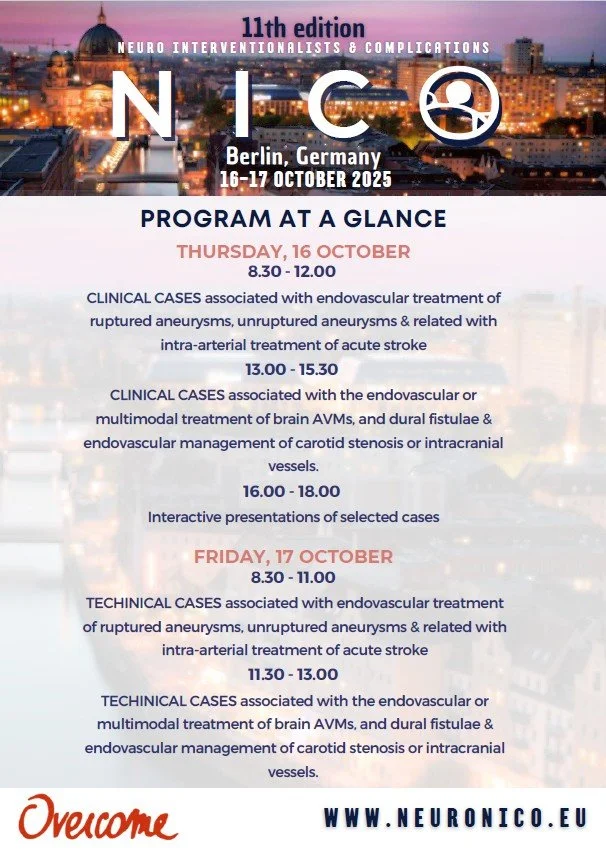scientific content
The rapid evolution of the neurointerventional field in recent years has significantly improved outcomes for patients suffering from cerebral aneurysms—whether ruptured or unruptured—as well as acute ischemic strokes with intra-arterial complications, arteriovenous malformations (AVMs), and advanced carotid artery stenosis. These advances have been made possible largely through the dissemination of cutting-edge technologies and innovative materials developed by the medtech industry.
Neurointerventional radiologists now face the ongoing challenge of rapidly integrating novel techniques and devices into their clinical practice, each of which requires a substantial learning curve and increasingly intensive hands-on training. While simulation-based training remains essential, exposure to real-life interventions—including procedures with suboptimal techniques or operator errors—can play a valuable role in accelerating the familiarization process with new-generation devices.
This type of shared clinical experience fosters a powerful cross-learning dynamic, helping to bridge the gap between innovation and clinical routine, and promoting the emergence of best-practice standards in the field of neurointervention.

